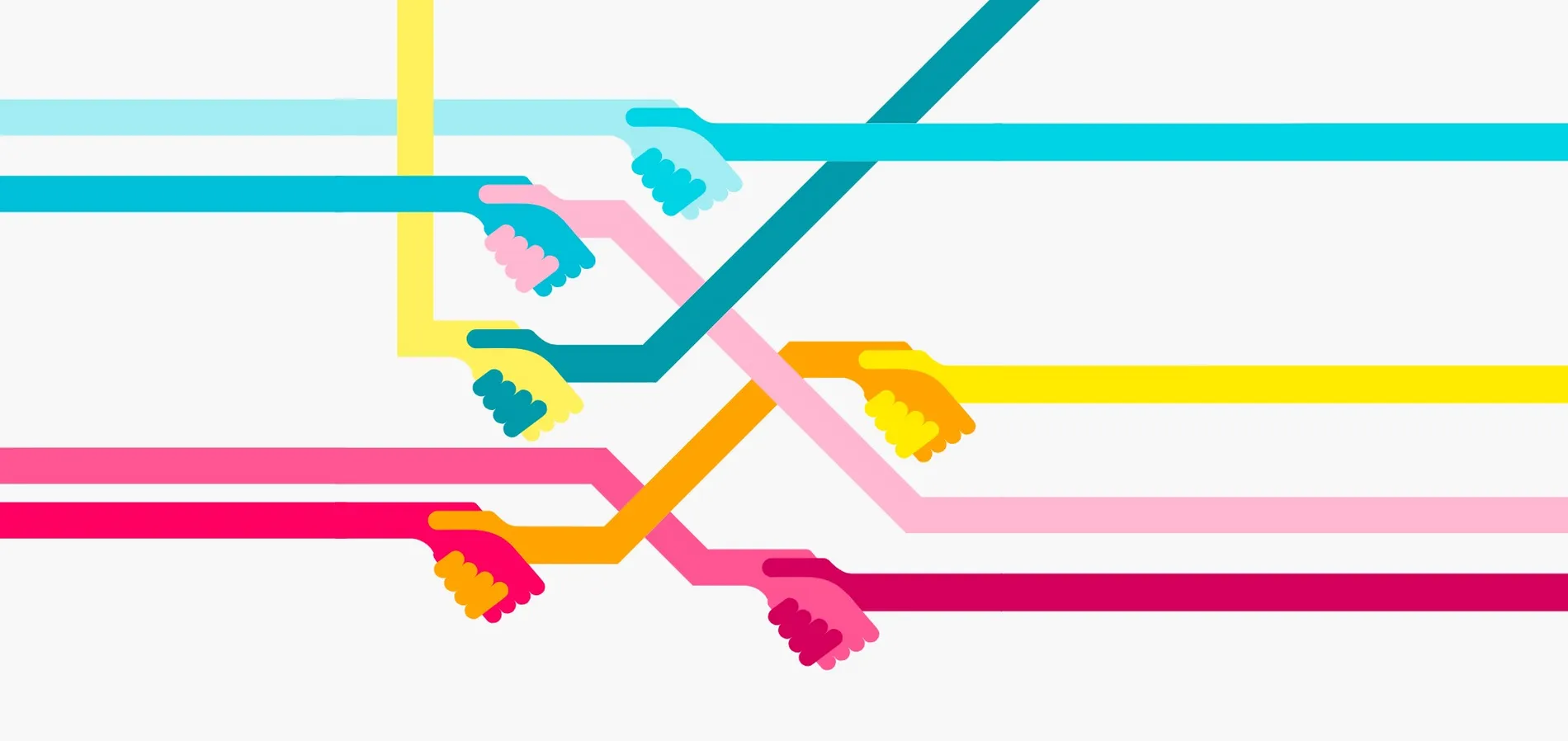Today, I had the opportunity to delve into the world of cross-functional collaboration, a concept that's increasingly vital in the modern organizational landscape. This learning journey allowed me to discover the nuances, advantages, and challenges of working in cross-functional teams. Through engaging discussions and real-life examples, I gained a deeper appreciation for the power of interdisciplinary teamwork.
In the morning, I participated in a workshop that
highlighted the diverse expertise brought together by cross-functional teams.
We were tasked with simulating a product development project, bringing
individuals from marketing, design, engineering, and finance to the table.
Witnessing firsthand the input from each department shed light on how this
diversity can lead to innovative solutions. For instance, marketing emphasized
the importance of consumer trends, while engineers focused on technical
feasibility, and finance kept an eye on budget constraints. Together, they
harmonized their efforts to create a product that was not only marketable but
also feasible within budget.
As the day progressed, we discussed the importance of
cross-functional teams in addressing today's rapid changes. In a dynamic
business environment, the ability to adapt swiftly is crucial. The example of a
technology company stood out, where cross-functional teams were instrumental in
responding to shifting market demands. By combining the insights of software
developers, designers, and marketing experts, they could swiftly pivot to meet
customer needs and launch new features with agility.
An enlightening moment was understanding how
cross-functional teams break down silos within organizations. I learned about a
global corporation that used cross-functional teams to improve communication
and coordination among departments. They established teams responsible for
supply chain management that brought together professionals from logistics,
procurement, and manufacturing. This integration resulted in streamlined
processes and significant cost savings as they worked harmoniously to optimize
the supply chain.
However, I also realized that cross-functional collaboration
is not without its challenges. During one case study, we explored a situation
where differing viewpoints and priorities led to conflicts. In a fictional
scenario of launching a new product, marketing was keen on delivering
feature-rich products to meet consumer demands, but engineering raised concerns
about the feasibility of this approach within the given timeline. The conflict
underscored the need for effective conflict resolution strategies in cross-functional
teams.
Furthermore, I understood that managing cross-functional
teams requires exceptional leadership. Effective team leaders are essential to
maintain cohesion and ensure that the diverse talents work together
harmoniously. I learned about a healthcare organization that appointed skilled
leaders for cross-functional teams responsible for patient care. These leaders
were instrumental in coordinating efforts among nurses, doctors, and support
staff to provide holistic care to patients.
In conclusion, my day of learning about cross-functional
collaboration has been both enlightening and thought-provoking. It's evident
that in the modern organizational landscape, embracing cross-functional teams
is essential to foster innovation, adaptability, and better problem-solving.
I've seen firsthand how such teams can capitalize on diverse expertise, break
down silos, and drive project success. Yet, the challenges, including conflicts
and the need for strong leadership, underline the importance of careful
planning and management. Today's experience has underscored the potential of
cross-functional collaboration in modern organizations and its significant role
in shaping the future of work.

Comments
Post a Comment